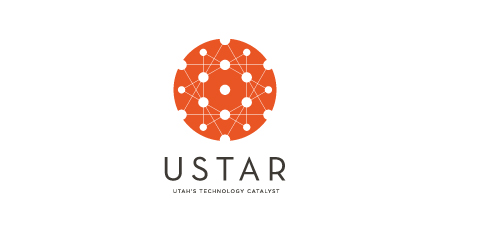“Our resource portfolio has shifted to providing risk capital, which is a gap we see in the ecosystem here.”
In 2007, the Utah Science Technology and Research Initiative (USTAR) was created. At the time, their goal was simple: expand the technology economy in Utah by primarily focusing on recruiting top research talent to the University of Utah and Utah State, specifically researchers who had a history of commercializing technology. In theory, this would evolve into the creation of new jobs and businesses within Utah, which sounds fine and dandy until a legislative audit in 2013 revealed USTAR had exaggerated the number of jobs created and the amount of money brought in.
Understandably, people freaked out. USTAR as we knew it was put on ice and Ivy Estabrooke was chosen from over 140 applicants to lead the overhaul as executive director. Multiple years have been spent focusing on a change in direction and as of today, we now know what the direction will be.
“Over the last two years, we’ve taken a really hard look at what the success of USTAR has been, where are the gaps in our innovation ecosystem, and where should USTAR be focusing its resources,” said Estabrooke. “Our resource portfolio has shifted to providing risk capital, which is a gap we see in the ecosystem here. Early-stage investment, pre-angel but post-federal research funding. And then also making sure we have a robust outreach program that includes technology incubators, mentors, assistance centers that help companies be competitive for small business innovative research grants, and other pieces supporting company and technology development.”
USTAR is focusing on providing risk capital through the debut of four new programs: Science and Technology Initiation Grants (STIG), Industry Partnership Program (IPP), University Technology Acceleration Grants (UTAG), and Technology Acceleration Program (TAP).
The most relevant of these programs in regards to Beehive Startups and the tech/startup community is TAP, which was run as a pilot program earlier this year.
“This program is designed specifically for startup companies that have a technology that requires additional development to get it from whatever level of maturity it is at the moment, to a prototype or proof of concept stage where it’s mature enough to start attracting private capital,” said Estabrooke.
Numbers from the first go-round of the TAP program have now been released, $639,000 spread amongst these 12 early-stage companies: Applied Biosensors (SLC), Farhand Wireless (SLC), G3 Engineering (SLC), Helidyne (St. George), Inertial Sense (Salem), Knudra Transgenic (Murray), KP Biosciences (Orem), Metashield (St. George), Pollen Sense (Castledale), T3S Technologies (SLC), Turner Innovations (Orem), and Veritas Medical (SLC).
Companies submitted an application to USTAR defining specific technology milestones that was reviewed by a committee, who then made the decision on what companies should receive money.
“Last year, we brought in an independent third party to do an assessment of the ecosystem and make recommendations,” said Estabrooke. “Largely, these new programs come out of those recommendations of the best ways to fill in the gaps in our ecosystem.”
Moving forward, USTAR plans to continue transitioning away from the old model of recruiting and retaining talent to universities, instead concentrating on “making sure that as ideas are generated and technology is being developed, we have the ecosystem and the requirements to move those technologies from a research stage into a prototype and then into companies.” The four new programs definitely fit that bill and I’m excited to see what else comes out of this new approach.




